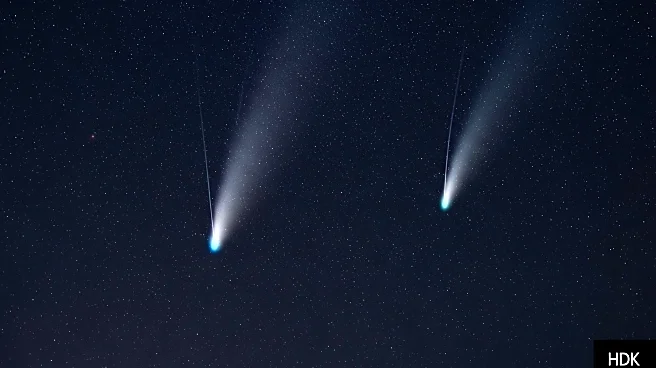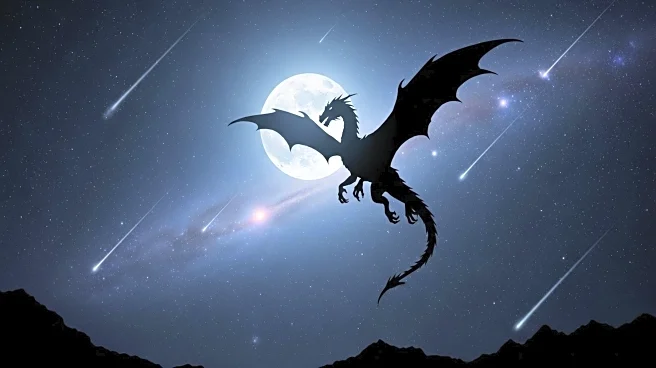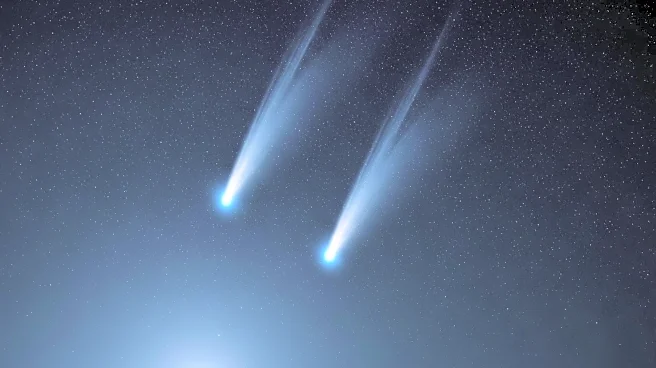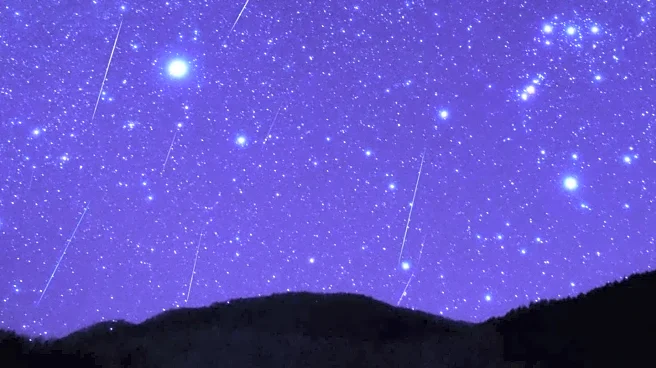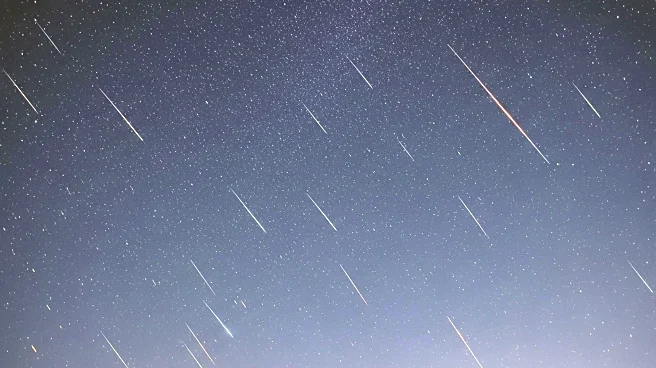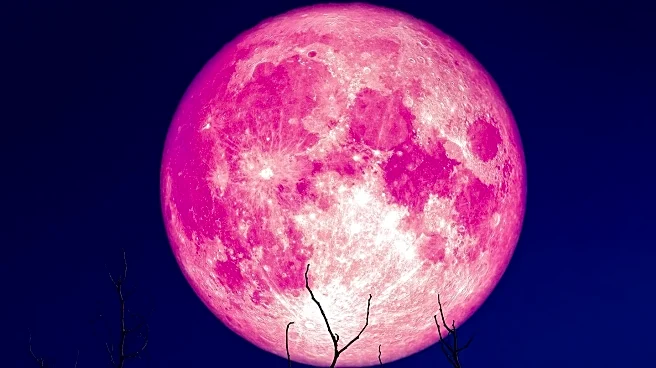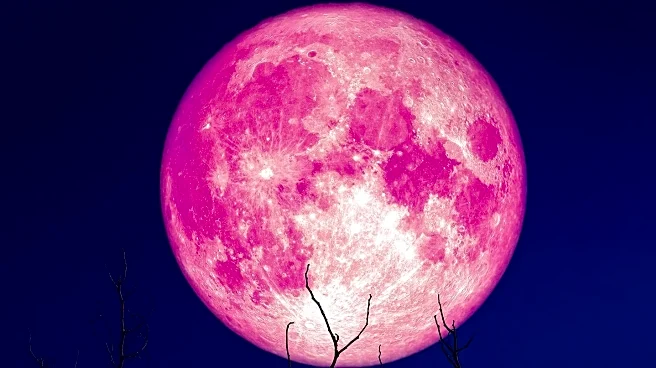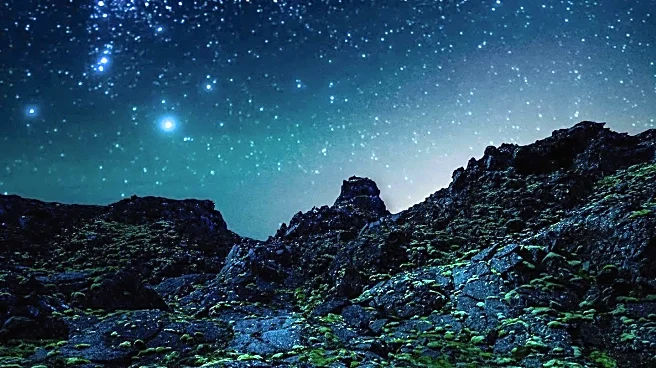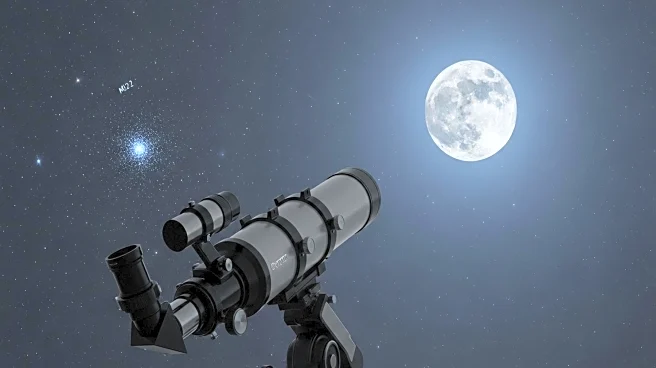What's Happening?
Astronomy Magazine provides a detailed overview of celestial events occurring from October 10 to 17, 2025. The Moon is set to pass north of Uranus and Jupiter, offering opportunities for stargazers to observe these planets with binoculars. Comet C/2025 A6 (Lemmon) is visible in the predawn sky, reaching a magnitude of 5.7, making it a notable sight for astronomy enthusiasts. The constellation Perseus, known for the variable star Algol, will rise higher in the evening, showcasing M34, a bright open cluster of young stars. Additionally, the Saturn Nebula in Aquarius is highlighted as a target for telescopic observation, resembling a ghostly version of the ringed planet Saturn.
Why It's Important?
These celestial events provide unique opportunities for amateur astronomers and enthusiasts to engage with the night sky. Observing planets like Jupiter and Uranus, along with the visibility of Comet Lemmon, enriches public interest in astronomy and science. The events also offer educational opportunities for schools and community groups to organize stargazing activities, fostering a deeper appreciation for space exploration and scientific inquiry. The visibility of these celestial bodies can inspire future generations to pursue careers in astronomy and related fields.
What's Next?
As Comet Lemmon approaches its closest point to Earth on October 21, it is expected to shine even brighter, providing an excellent opportunity for observation. Astronomy Magazine plans to revisit the comet's visibility throughout the month, offering additional finder charts and tips for observation. Stargazers are encouraged to prepare for upcoming celestial events, including another transit of Jupiter's moons on October 18, which will be more visible in the western U.S.
Beyond the Headlines
The visibility of Comet Lemmon and other celestial events highlights the importance of preserving dark skies for astronomical observation. Light pollution remains a significant challenge, impacting the ability to view faint objects like comets and nebulae. Efforts to reduce light pollution can enhance the quality of astronomical observations and contribute to environmental conservation. Additionally, these events underscore the interconnectedness of celestial phenomena and the ongoing need for public engagement in science.

